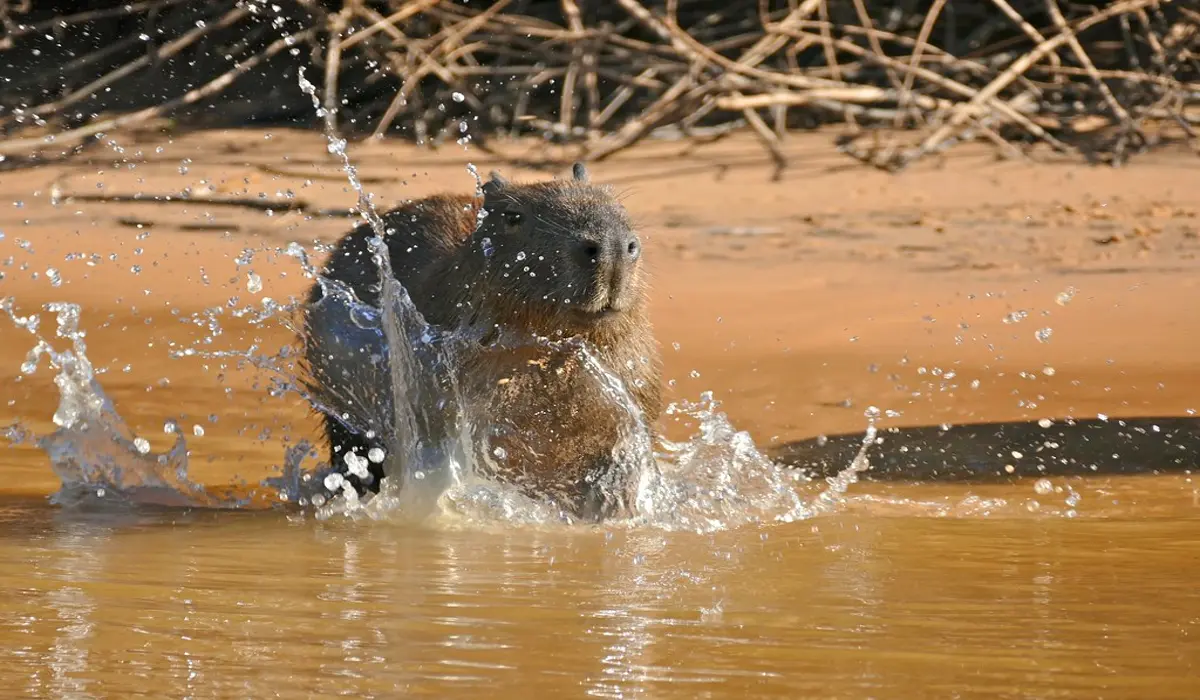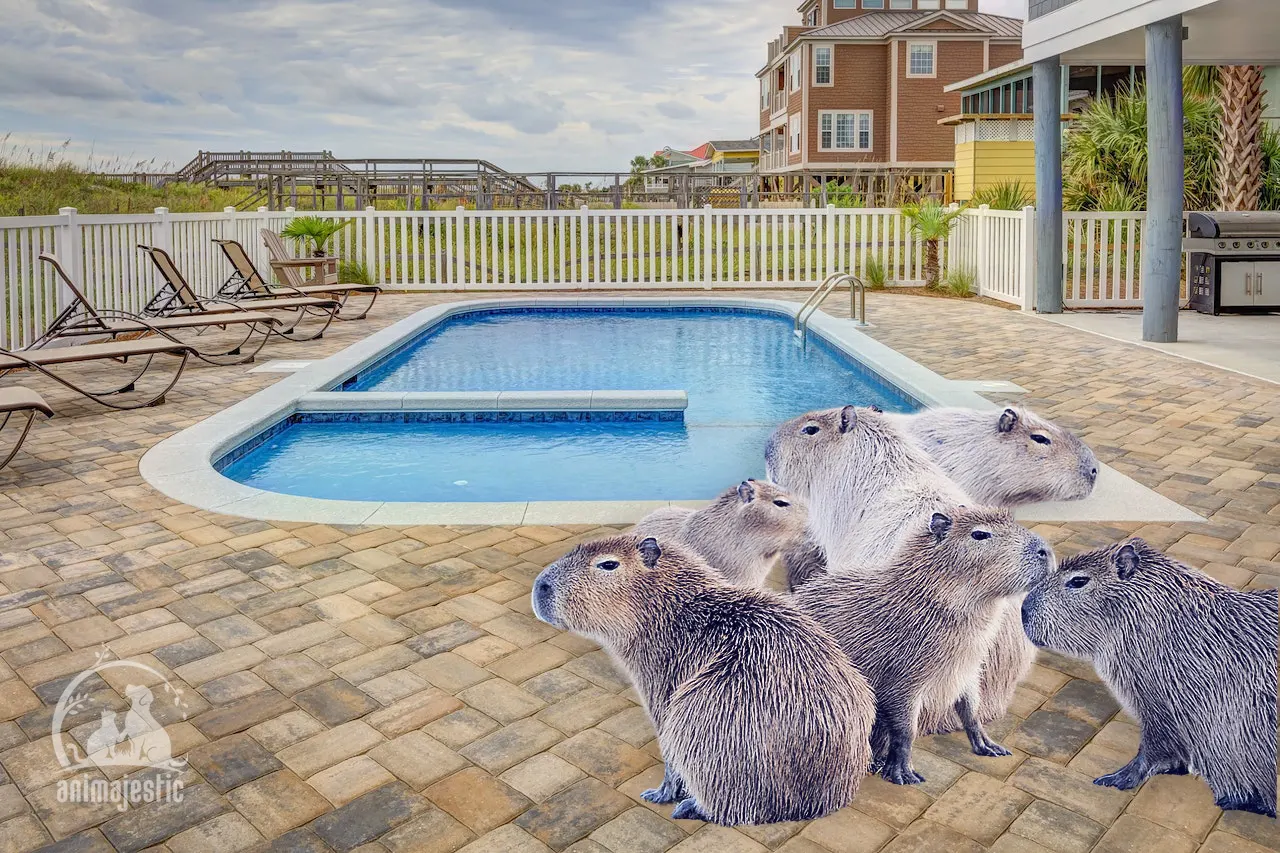Introducing the Ultimate Guide to Building a Capybara Swimming Space! If you are passionate about these gentle creatures and would like to create an ideal swimming environment for them, this guide is for you.
To create a unique and captivating experience, unleash your creativity by blending eco-friendly initiatives with essential capybara-specific elements to craft the perfect aquatic paradise.
Get into our comprehensive guide packed with tips, tricks, and valuable insights to help you construct the most delightful and functional Capybara Swimming Space, specially tailored for these lovable, semi-aquatic rodents.
Getting to Know Capybaras and Their Environment
Before diving into the details of constructing the perfect swimming space, it’s crucial to understand capybaras and the type of environment they thrive in.
Habitat and Social Structure
- Capybaras naturally reside in areas with abundant water sources such as marshes, swamps, and riverbanks which provide a suitable environment for their semi-aquatic lifestyle.
- They are highly social animals that live in groups known as “capybara families.” These groups can range from a few individuals to up to 30 members, underlining the importance of providing ample space and resources.
Essential Needs
- Having access to water is crucial for capybaras, as they use swimming and submerging to keep cool, socialize, and escape predators.
- Naturally, grazers capybaras require large grassy areas to forage and feed.
- Proper shelter and hiding places are vital for them to feel safe and secure.

Step-by-Step Guide to Building a Capybara Swimming Space
Creating a capybara swimming space requires careful planning, design, and execution. Here’s a step-by-step guide to help you create an outstanding environment for these lovely creatures.
Step 1: Choose an Ideal Location
The location plays a vital role in the capybaras’ overall well-being. To choose a suitable location, take the following factors into account:
- Ample space for both swimming and grazing areas.
- A natural water source nearby, such as a pond or a river. This would be beneficial in maintaining water levels and ensuring a more natural environment for the capybaras.
- A secure and protected area, free from potential threats, such as predators and traffic.
Step 2: Create a Detailed Plan for the Swimming Space
Before you start construction, make sure to sketch a plan based on the needs of your capybaras. Consider:
- Depth: Gradually sloping from 2 to 4 feet, based on the size and age of your capybaras, allows them to submerge themselves while still maintaining contact with the ground.
- Size: Provide ample room for the entire group to swim, play, and interact without feeling cramped.
- Shape: An irregularly shaped pool with varying contours will provide a more visually appealing and stimulating environment.
Step 3: Execute the Construction Process
With your plan in place, begin constructing the swimming space, bearing in mind the following guidelines:
- Collaborate with experienced builders, landscapers, or specialists to ensure quality work that aligns with the needs of your capybaras.
- Use quality, safe, and durable materials that are low maintenance, eco-friendly, and suitable for the environment.
Step 4: Design a Harmonious and Stimulating Environment
To complete the picture, create an environment that promotes the well-being of your capybaras and mimics their natural habitat:
- Shaded Areas: Ensure ample shaded sections with trees, large rocks, or constructed shelters where the capybaras can rest and protect themselves from the sun.
- Grassy Spaces: Provide extensive, lush grassy areas for foraging and grazing.
- Hiding Spots: Include hiding places such as logs, rocks, or dense vegetation to help capybaras feel secure and at home.
Step 5: Acclimatization and Care
Once your swimming space and environment are ready, it’s time to introduce the capybaras to their new home:
- Allow them ample time to adjust to their new surroundings.
- Monitor their behavior and health during the initial weeks.
- Provide a balanced diet and fresh water.
- Maintain regular cleaning and care routines for both the swimming space and the overall environment.
By following this comprehensive guide and adapting it to your specific situation, you’ll be able to build an exceptional swimming space that allows your capybaras to thrive, socialize, and enjoy a happy and healthy life.
